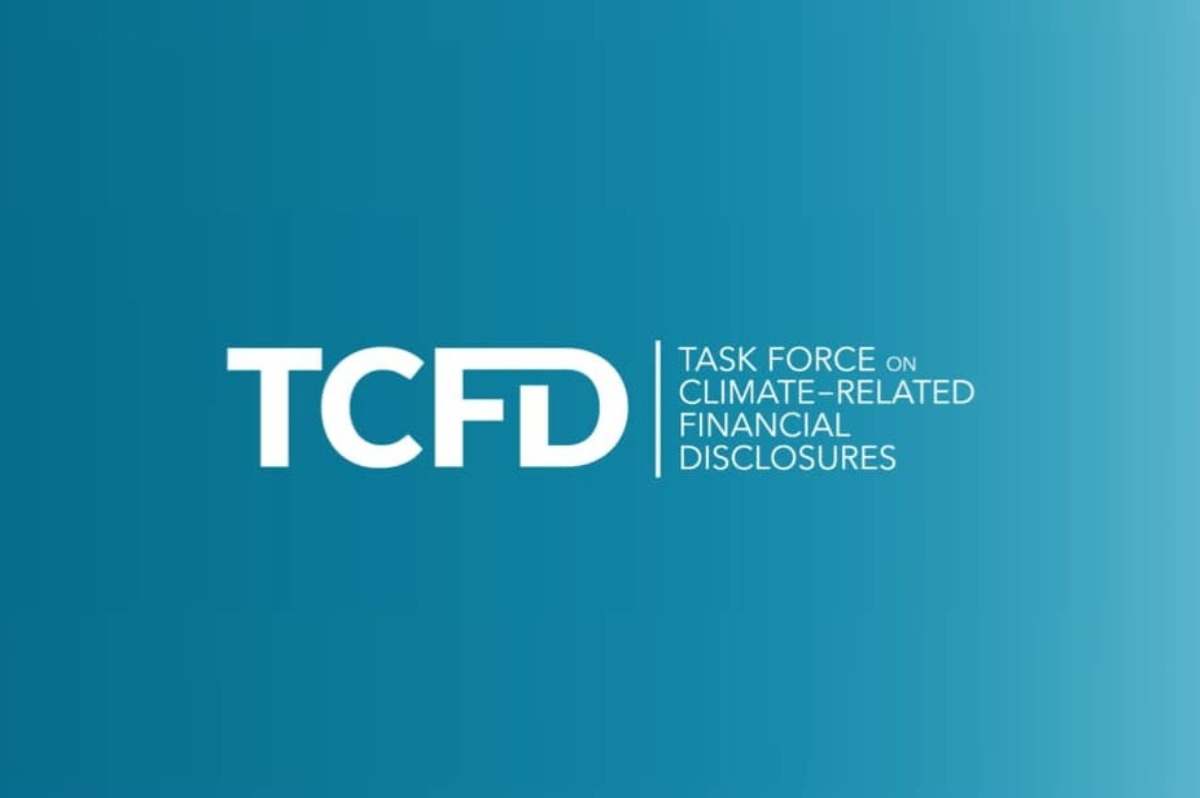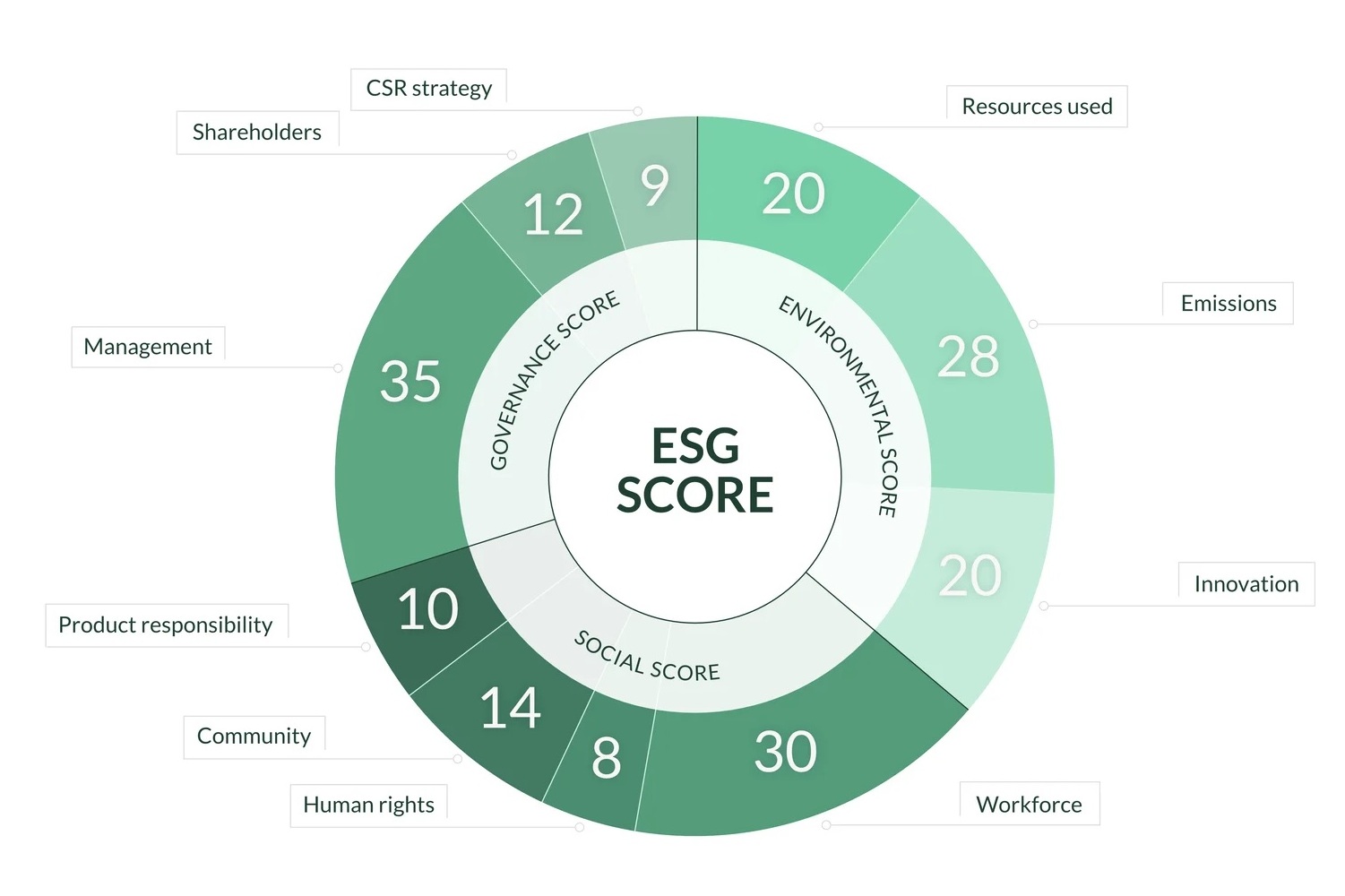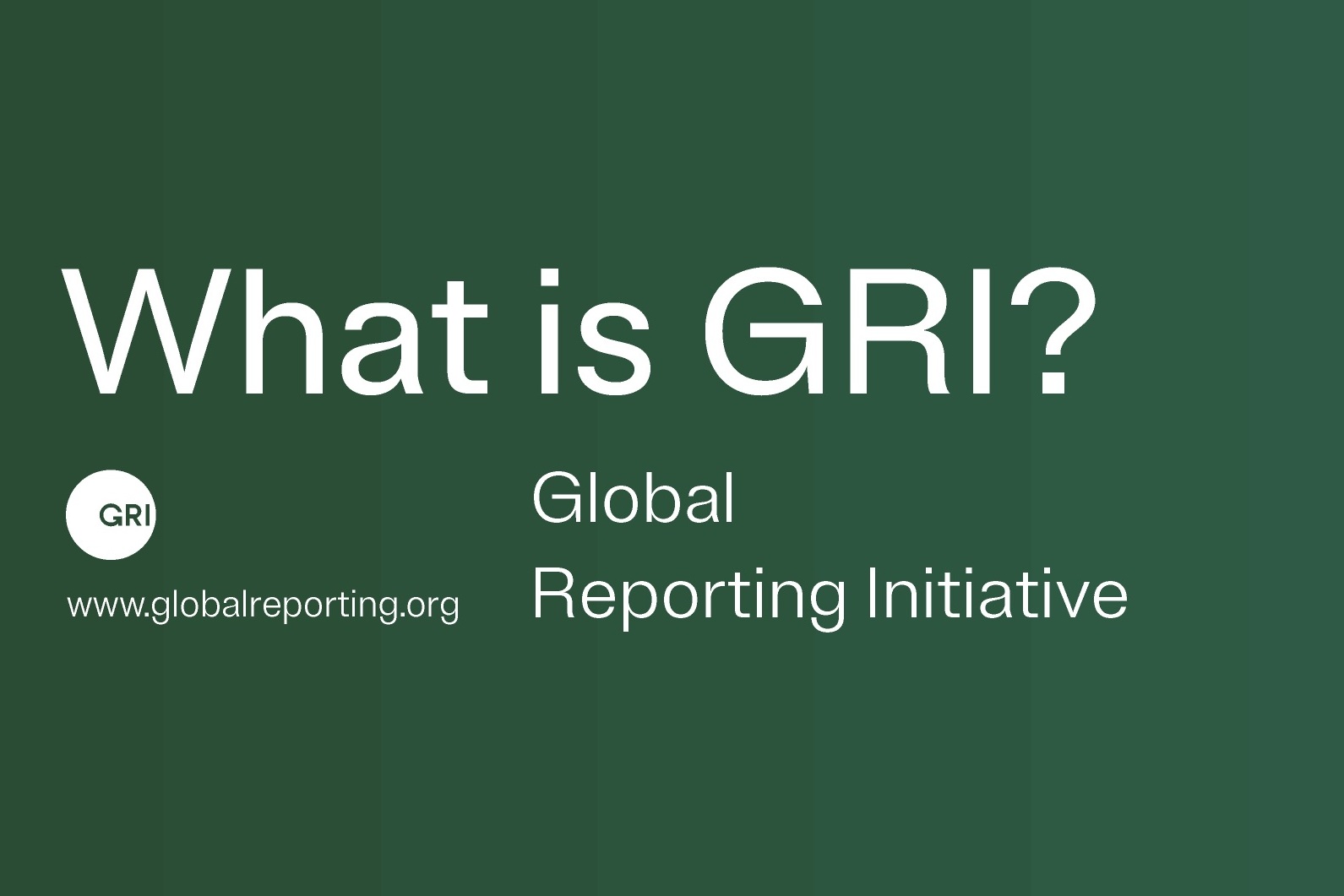The Task Force on Climate-related Financial Disclosures (TCFD) was established in 2015 by the Financial Stability Board (FSB) in response to a growing concern: investors lacking consistent and clear information about risks and opportunities faced by companies with regard to climate change. This lack of transparency made it especially difficult to assess the financial stability of businesses in a changing climate. The FSB is already an international body that monitors and makes recommendations about the global economic system. Thus, the TCFD was formed as a standardised framework for companies to report on the impact of climate changeon their operations and finances.
Since October 2023, FSB has replaced the TCFD with IFRS 1 and IFRS 2 and transitioned the responsibility of managing the recommendations to the International Financial Reporting Standards (IFRS) foundation. Let’s first understand more about TCFD before we comprehend what the change could mean to disclosure recommendations.
How Does the TCFD Work?
Companies that use the TCFD framework typically follow these steps:
|
Steps
|
What Does it Entail
|
|
Set Up Governance
|
Create a governance structure to manage issuesrelated to the climate.
|
|
Assess Strategy
|
Analyse the impact of climate risks as well as opportunities on the business strategy.
|
|
Integrate Risk Management
|
Incorporate climate-related risks into the overall risk management framework.
|
|
Set Metrics and Targets
|
Define and disclose metrics and targets to manage the risks and track progress.
|
What are the TCFD Recommendations?
As mentioned above, TCFD recommendations help organisations report on the financial impacts of climate change, which in turn helps stakeholders to make informed decisions about their investments. The recommendations are divided into four key elements: Governance, Strategy, Risk Management, and Metrics and Targets.
Governance: The Governance element focuses on how an organisation’s board and management oversee climate change issues. For example, a company might disclose if its board regularly reviews climate risks as part of its risk management process or if it has set up a specific committee to oversee itsinitiatives.Some key recommendations under Governance include:
- Board Supervision: The company has to describe the board’s supervision of risks and opportunities presented by climate change.
- Role of the Management: The company should describe the management’s role in terms of identifying and managing risks associated with climate change.
Strategy: It covers strategy disclosures that focus on the actual and potential impacts of climate change on an organisation’s business, strategy, and financial planning. Some TCFD recommendations under it are:
- Identifying Risks and Opportunities: Describe the risks and opportunities related to climate change that the company has identified over the short as well as long term.
- Impact on the Business: Describe the impact of climate change on the organisation’s strategic and financial planning.
- Scenario Analysis: Describe how resilient the company’s strategy is, given different scenarios created by climate change.
Risk Management: These disclosures explain how an organisation can identify, assess, and manage risks for climate change. The key recommendations include:
- Risk Identification and Assessment: Describe what the organisation’s processes are for identifying and assessing risks related to climate change.
- Risk Management Processes: After identifying the risks, describe how the organisationplans to manage the risks.
- Integration into Overall Risk Management: The company also needs to describe how processes for identifying, assessing, and managing risks are part of its overall risk management initiative.
Metrics and Targets: These disclosures involve the metrics and targets that organisations use to manage their risks. So, an organisation that has set a target to reduce its Scope 1 and Scope 2 GHG emissions by 50% by 2030 can disclose its progress towards meeting this target annually under this TCFD recommendation. Under this recommendation, the company needs to:
- Metrics Used: Disclose the metrics used by the organisation to assess their risky areas.
- Scope 1, 2, and 3 Emissions: Disclose Scope 1, Scope 2, and, if they can, Scope 3 greenhouse gas (GHG) emissions, and the related risks.Here’s what the Scope 1, 2 and 3 GHG emissions entail:
- Scope 1 – Direct Emissions: These are emissions from sources that are directly owned or controlled by the company. This includes emissions from on-site fuel combustion (like in boilers and furnaces), company-owned vehicles, and chemical processes.
- Scope 2 – Indirect Emissions from Purchased Energy: These are emissions from the generation of purchased electricity, steam, heating, and cooling that the company uses. Even though these emissions occur at the production site of the energy, they are accounted for in the company’s inventory because they result from the company’s consumption of energy.
- Scope 3 – Other Indirect Emissions: These include all other indirect emissions that occur in a company’s value chain. This category is broad and includes emissions from sources such as purchased goods and services, business travel, employee commuting, waste disposal, and the use of sold products.
- Targets: Describe the targets used by the organisation to manage climate-related risks and opportunities and performance against targets.
What Happens to TCFD Now?
After it submitted its status report in October 2023, the FSB decided to disband the TCFD task force. Going forward, the IFRS foundation will handle climate-related disclosures through IFRS 1 and IFRS 2. However, organisations can still continue to use TCFD recommendations for their voluntary disclosures
IFRS 1 relates to the general requirements for disclosure of sustainability-related financial information and IFRS 2 refers to all disclosures related to the climate. So, companies that follow these two recommendations will have fulfilled the TCFD recommendations. In fact, the IFRS S2 standard introduces more detailed disclosure requirements compared to the original TCFD recommendations. For instance, IFRS S2 requires disclosures on Scope 3 GHG emissions, industry-specific metrics, and detailed information on the use of carbon credits.
Here’s a comparison of TCFD recommendations and IFRS 2:
|
Disclosure Type
|
TCFD
|
IFRS 2
|
|
Governance
|
Describe board oversight and management’s role in issues related to climate change.
|
Similar to TCFD but includes additional details on governance structures.
|
|
Strategy
|
Disclose actual and potential impacts of climate risks and even opportunities on business, strategy, and financial planning.
|
Expands on TCFD by requiring scenario analysis and detailed strategy impacts, including financial implications.
|
|
Risk Management
|
Describe processes for identifying, assessing, and managing climate issues.
|
Similar to TCFD but with more emphasis on integration into overall risk management and industry-specific risks.
|
|
Metrics and Targets
|
Disclose metrics used to identify climaterisks and targets for managing them. This includes Scope 1 and Scope 2 GHG emissions.
|
Requires disclosure of Scope 1, 2, and 3 GHG emissions. Also includes detailed metrics on the use of carbon credits and additional targets related to industry-specific activities.
|


















.jpg)




